The recognition of the Nine Dynastic Urns in the Hue Imperial Palace as a Documentary Heritage of the Asia-Pacific region has increased the total number of Vietnam's documentary heritages recognized by UNESCO to 10 (including 3 World Documentary Heritages and 7 Asia-Pacific Documentary Heritages).
Three precious documentary heritages of world stature
1. Nguyen Dynasty Woodblocks
Nguyen Dynasty Woodblocks were recognized in 2009 as Vietnam's first World Documentary Heritage recognized by UNESCO.
Woodblocks are wooden blocks engraved with Chinese or Nom characters in reverse to print into book pages. This is an early printing technique.
 A woodblock print on sovereignty over Hoang Sa and Truong Sa. (Photo: VNA)
A woodblock print on sovereignty over Hoang Sa and Truong Sa. (Photo: VNA)
The Nguyen Dynasty woodblocks include 34,555 woodblocks, "prints" of 152 books with many different topics such as history, geography, socio-politics, military, law, education, literature...
Woodblock documents include many rare works such as "Dai Nam Thuc Luc", "Dai Nam Nhat Thong Chi", "Kham Dinh Viet Su Thong Giam Cuong Muc", "Kham Dinh Dai Nam Hoi Dien Su Le" ..., in addition there are also works "Ngu Che Van" and "Ngu Che Thi" composed by famous emperors such as Minh Mang, Thieu Tri, Tu Duc.
The content of the Nguyen Dynasty Woodblocks is very rich and diverse, reflecting all aspects of Vietnamese society during the feudal period such as history, geography, politics-society, military, law, culture-education, religion-ideology-philosophy, literature, language-script.
2. Doctor's Stele at Temple of Literature
The Doctor's Steles at the Temple of Literature were recognized by UNESCO as a World Documentary Heritage in 2011.
The 82 doctoral steles correspond to the 82 examinations from 1484-1780, recording the names of the successful candidates in each examination. These are the only original documents currently remaining in the Temple of Literature - Quoc Tu Giam, considered one of the priceless cultural heritages left by our ancestors. They are also authentic documents, reflecting a vivid picture of the training and recruitment of talents in Vietnam, lasting more than 300 years under the Le-Mac dynasties.
 Doctoral stele at the Temple of Literature. (Photo: Phuong Hoa/VNA)
Doctoral stele at the Temple of Literature. (Photo: Phuong Hoa/VNA)
The system of 82 doctoral steles is also a unique work of art, reflecting the sculpture of many feudal dynasties in Vietnam. Each inscription on the stele is an exemplary piece of literature, expressing philosophical and historical thoughts, views on education, training and the use of talents.
3. Nguyen Dynasty Records
Recognized as a World Documentary Heritage in 2017, the Nguyen Dynasty Royal Records are administrative documents of the Nguyen Dynasty - the last dynasty in Vietnam's feudal history (1802-1945).
 The world documentary heritage of the Nguyen Dynasty's Royal Records clearly shows the activities to ensure security in the Quang Nam-Da Nang sea area during the Nguyen Dynasty. (Photo: Van Dung/VNA)
The world documentary heritage of the Nguyen Dynasty's Royal Records clearly shows the activities to ensure security in the Quang Nam-Da Nang sea area during the Nguyen Dynasty. (Photo: Van Dung/VNA)
These documents were formed during the activities of the state administration under the Nguyen Dynasty, including: documents of agencies in the central and local government apparatus submitted to the king for approval, documents issued by the Nguyen Dynasty kings and a number of diplomatic documents.
This is the only remaining administrative document of a Vietnamese feudal dynasty, preserving the handwriting of the Nguyen dynasty kings approving the country's issues.
Seven documentary heritages of the Asia-Pacific region
1. Woodblocks of Vinh Nghiem Pagoda (Bac Giang)
The woodblocks of Vinh Nghiem Pagoda were recognized by UNESCO as a Documentary Heritage of the Asia-Pacific region in 2012.
 The woodblocks are carefully kept at Vinh Nghiem Pagoda. (Photo: Quy Trung/VNA)
The woodblocks are carefully kept at Vinh Nghiem Pagoda. (Photo: Quy Trung/VNA)
The Vinh Nghiem Pagoda woodblocks are a documentary heritage in Chinese and Nom characters, consisting of 3,050 woodblocks, including two sets of Buddhist scriptures and novice monk rules, discussions and explanations of Buddhist scriptures and works by Emperor Tran Nhan Tong and eminent monks of the Truc Lam Zen sect.
The special value of the woodblocks of Vinh Nghiem Pagoda lies in the fact that the ideology and teachings of Truc Lam Zen Monastery are engraved very clearly and carry strong national identity along with profound humanistic values elaborately expressed on each woodblock.
2. Poetry and literature on Hue royal architecture
Recognized by UNESCO in 2016, the system of poetry and literature on Hue royal architecture includes selected works from countless works of Nguyen Dynasty emperors, which began to be used to decorate palaces, temples, and royal tombs from the Minh Mang period (1820-1841) to the Khai Dinh period (1916-1925).
In addition to the massive quantity, there is also a typical "one poem one painting" decorative style here.
 The poems decorated in Thai Hoa Palace praise the peaceful country and people and describe the country's landscape. (Photo: Minh Duc/VNA)
The poems decorated in Thai Hoa Palace praise the peaceful country and people and describe the country's landscape. (Photo: Minh Duc/VNA)
According to many studies, the system of poetry and literature on Hue royal architecture is a special decorative art, a valuable heritage, not found anywhere else in the world.
Except for some important relics decorated with many poems and texts that were destroyed during the war (1947) such as Thai To Temple, Can Chanh Palace, Can Thanh Palace, Khon Thai Palace..., the list of relics with texts and the number of remaining text boxes (not counting the number of porcelain inlaid poetry boxes in Khai Dinh Tomb) has up to 2,742 poetry boxes.
In the Imperial Citadel alone, Thai Hoa Palace has 242 poetry boxes, painted red and gilded; The Mieu has 679 poetry boxes, painted red and gilded; Hung Mieu has 110 poetry boxes, painted red and gilded; Trieu Mieu has 62 poetry boxes, painted red and gilded.
The tombs of Minh Mang, Thieu Tri, Dong Khanh, Quoc Tu Giam - Tan Tho Vien... are also decorated with poetry panels, painted red and gilded in large quantities.
3. Woodblocks of Phuc Giang School
This is the only and oldest woodblock about education of a family still preserved in Vietnam from the 18th century to the early 20th century, at Phuc Giang school, Truong Luu village, Lai Thach commune, Lai Thach canton, La Son district, Duc Tho prefecture, Nghe An town, currently Truong Luu village, Truong Loc commune, Can Loc district, Ha Tinh province.
The woodblocks were engraved with reverse Chinese characters to print three sets of classic textbooks (12 volumes): "Compendium of Essentials of the Five Classics," "Compendium of Essentials of the Five Classics," and "Library of Rules."
 Woodblocks of Phuc Giang School. (Photo: Hoang Nga/VNA)
Woodblocks of Phuc Giang School. (Photo: Hoang Nga/VNA)
Phuc Giang School woodblocks were carved from 1758-1788, associated with 3 generations of father and son, grandfather and grandson, brothers including 5 famous people: Nguyen Huy Tuu, Nguyen Huy Oanh, Nguyen Huy Cu, Nguyen Huy Quynh, Nguyen Huy Tu.
Woodblocks were used continuously for teaching and learning by thousands of teachers and students for nearly three centuries (from the 18th to the 20th centuries).
Phuc Giang School Woodblocks are the only original documents created by the Nguyen Huy family and a team of engravers in the mid-18th century.
Phuc Giang School Woodblocks were recognized by UNESCO as a Documentary Heritage of the Asia-Pacific region in 2016.
4. The Journey to China (The Journey to China)
“Hoang Hoa Su Trinh Do” is an ancient book describing one of the diplomatic activities between Vietnam and China in the 18th century. It was the mission of the Vietnamese embassy to China, demonstrating the exchange between countries in the Asia-Pacific region.
The book “Hoang Hoa su trinh do” was copied by Nguyen Huy Trien in 1887 from the original copy of Tham hoa Nguyen Huy Oanh, currently kept by the Nguyen Huy-Truong Luu family, Truong Loc commune, Can Loc, Ha Tinh. The book is 30cm x 20cm in size, 2cm thick, printed on Do paper.
 Hoang Hoa envoy presents the map. (Photo: Hoang Nga/VNA)
Hoang Hoa envoy presents the map. (Photo: Hoang Nga/VNA)
“Hoang Hoa su trinh do” contains many documents proving diplomatic activities between Vietnam and China from the mid-10th century to the 18th century. This is also a rare and unique work, valuable in terms of geography, history, politics, diplomacy, culture, customs, art...
“Hoang Hoa Su Trinh Do” was recognized by UNESCO in 2018 and is considered a valuable and rare document about the diplomatic relations between two countries in the Asia-Pacific region in the 18th century, contributing to maintaining peace among peoples in the region and in the world.
5. Ghost stele at Ngu Hanh Son scenic spot, Da Nang (recognized in 2022)
The ghost stele at Ngu Hanh Son scenic spot, Da Nang, recognized in 2022, is a treasure trove of valuable documentary heritage in Chinese and Nom characters, with a large quantity, including 78 ghost stele (including 76 Chinese steles and 2 Nom steles).
 Ghost beer at Ngu Hanh Son, Da Nang.
Ghost beer at Ngu Hanh Son, Da Nang.
The content and style of expression are diverse, the forms are unique, with many genres such as royal writings, steles, praises, poems, epitaphs, names, parallel sentences... of kings, mandarins of the Nguyen Dynasty, eminent monks, and many generations of literati and writers who stopped to leave inscriptions on cliffs and caves at the famous Ngu Hanh Son, from the first half of the 17th century to the 60s of the 20th century.
The stele is an extremely valuable, accurate and unique document, clearly showing the economic, cultural and social exchange and harmony between countries such as Japan-China-Vietnam in Vietnam from the 17th to the 20th century. These are unique and impressive stone works, with many writing styles such as Chan, Hanh, Thao, Trien, Le...
6. Han Nom text of Truong Luu village, Ha Tinh (1689-1943) (recognized in 2022)
“Han Nom documents of Truong Luu village, Ha Tinh (1689-1943)” is a unique handwritten collection, including 26 original royal decrees granted by the kings of the Le and Nguyen dynasties; 19 diplomas, 3 silk banners, written in Han and Nom characters from 1689 to 1943.
 The royal decree for Nguyen Cong Ban (1693), one of the royal decrees in the collection of Han Nom documents of Truong Luu village. (Photo: Hoang Nga/VNA)
The royal decree for Nguyen Cong Ban (1693), one of the royal decrees in the collection of Han Nom documents of Truong Luu village. (Photo: Hoang Nga/VNA)
Documents with original value, uniqueness, clear origin and related events... have been used as sources of materials for compiling books, much information can be verified and compared through official historical documents of Vietnam such as Dai Viet Su Ky Tuc Bien, Kham Dinh Viet Su Thong Giam Cuong Muc; as well as through research books such as Lich Trieu Hien Chuong Loai Chi by Phan Huy Chu, Nghe An Ky by Bui Duong Lich.
Recognized in 2022, these are original documents that help research social relations and historical development of ancient villages, especially in the period from the late 17th century to the mid-20th century.
7. Reliefs on nine bronze cauldrons in Hue Imperial Palace
The reliefs cast on nine bronze cauldrons in the Hue Royal Palace are the only positive copies, currently placed in front of the The To Mieu yard in the Hue Royal Palace, consisting of 162 images and Chinese characters cast by King Minh Mang in Hue in 1835 and completed in 1837.
This is a unique and rare source of information that is of great interest to Vietnamese and foreign researchers because it has valuable content on history, culture-education, geography, feng shui, medicine, and calligraphy.
Especially to promote the status of women under the feudal regime, King Minh Mang used the form of naming women on canals to mark their achievements, something very rare under the feudal regime.
 Hai Van Quan motifs are carved on the nine cauldrons. (Photo: Thanh Ha/VNA)
Hai Van Quan motifs are carved on the nine cauldrons. (Photo: Thanh Ha/VNA)
Most notable is the bronze casting art and the craftsman's technique to create a unique and special work. In particular, due to the profound influence of Eastern culture on the concept of the number "9" and the casting of nine peaks, it implies the meaning of unity and longevity of the dynasty.
The reliefs on the nine bronze cauldrons ensure their integrity, serving as historical “witnesses” to the ups and downs of the dynasty, and most importantly, this documentary heritage expressed in the form of images and Chinese characters remains intact, and even the location of the nine cauldrons has never been moved.
The reliefs on nine bronze cauldrons in the Hue Royal Palace also preserve values about the cultural and social exchanges and contacts between Vietnam and countries in the East Asia region./.



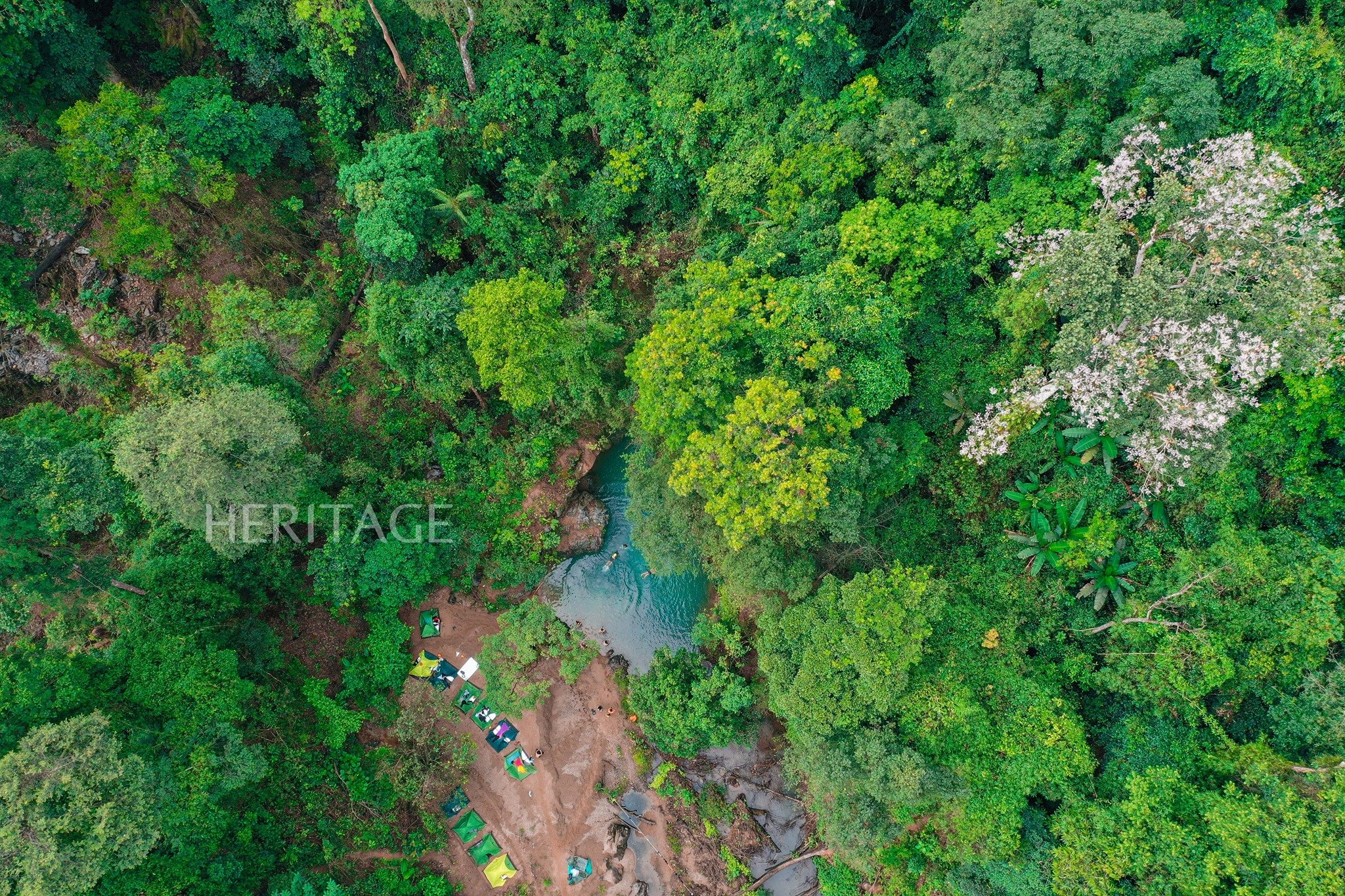
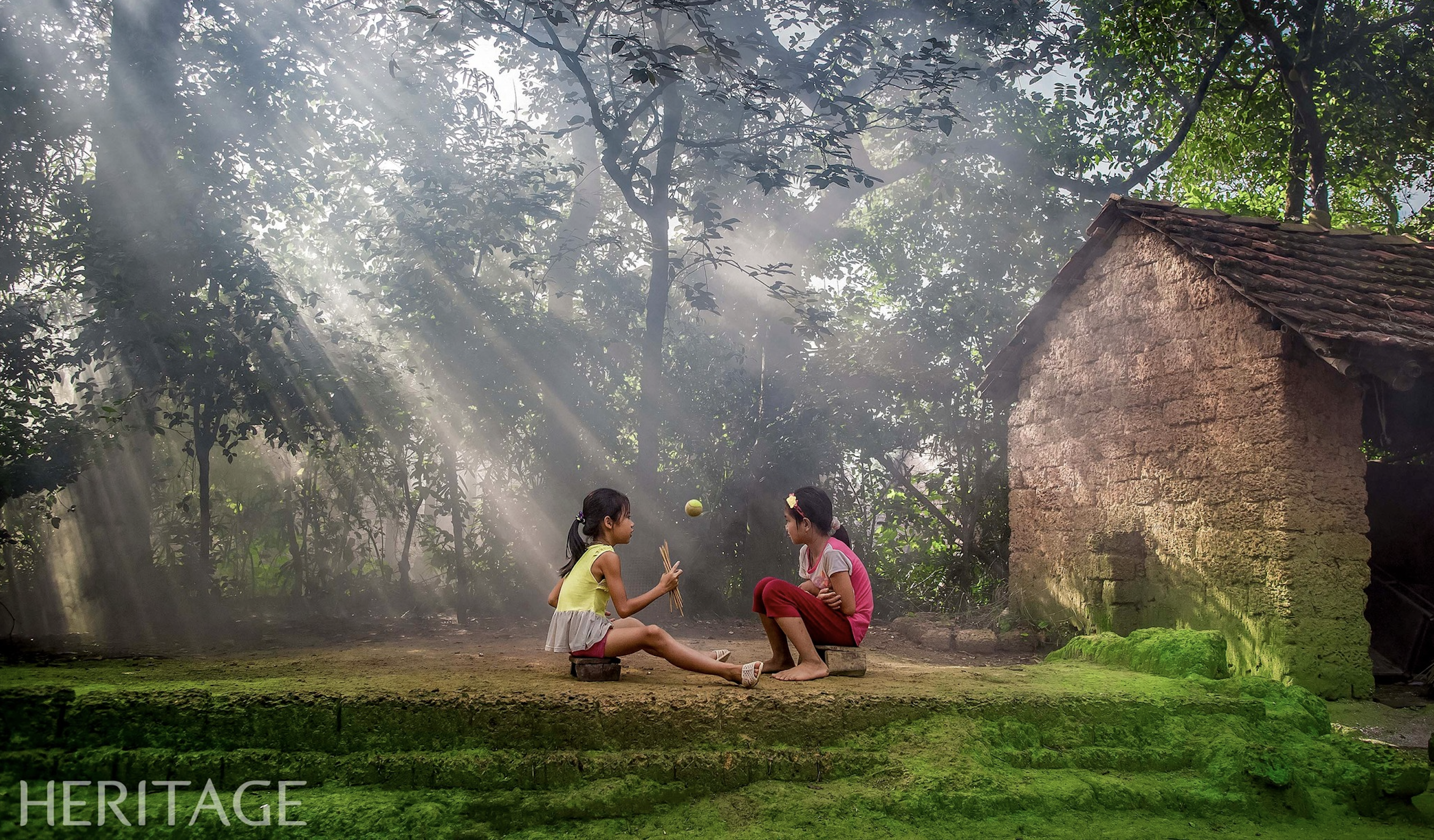
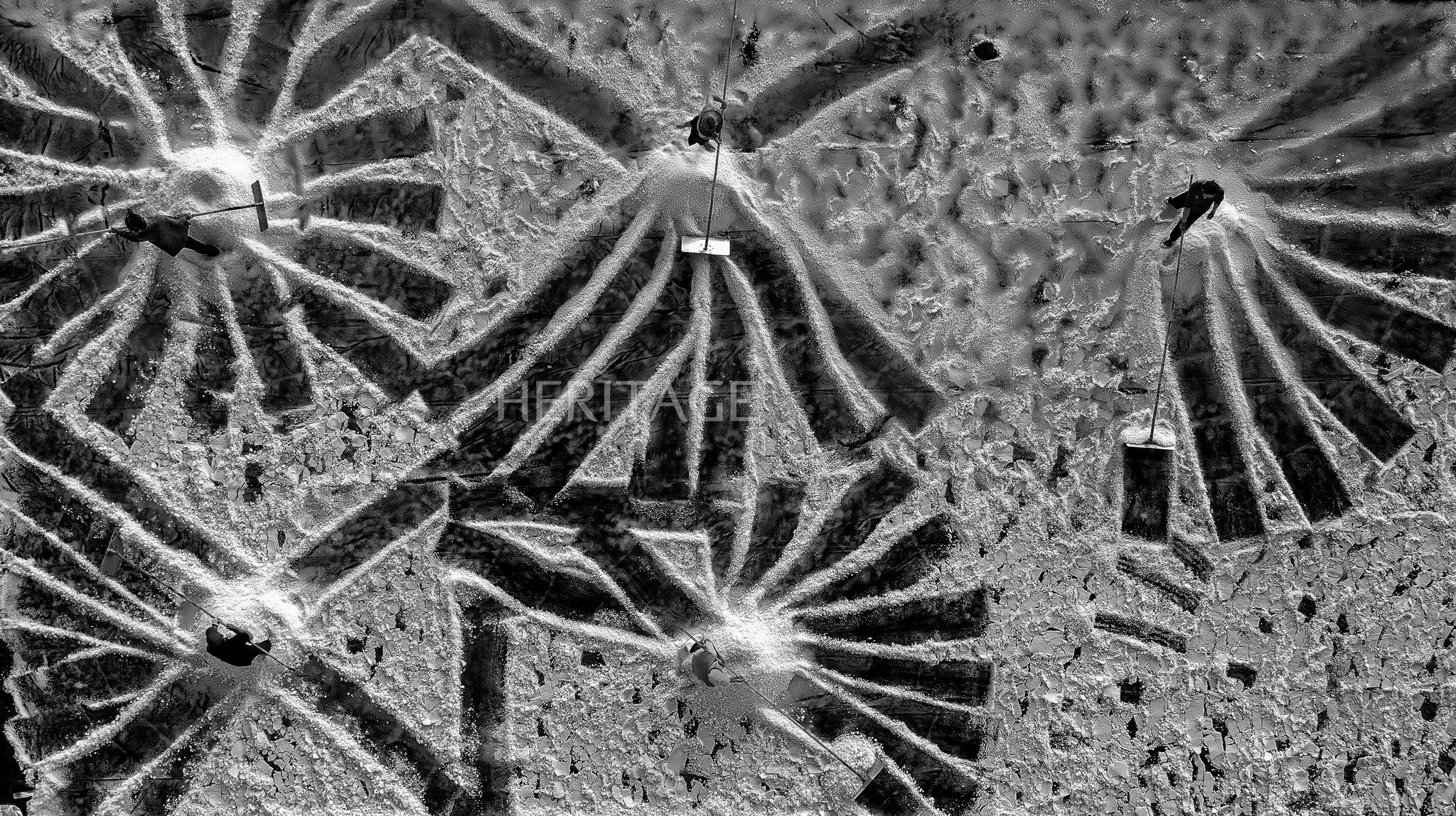

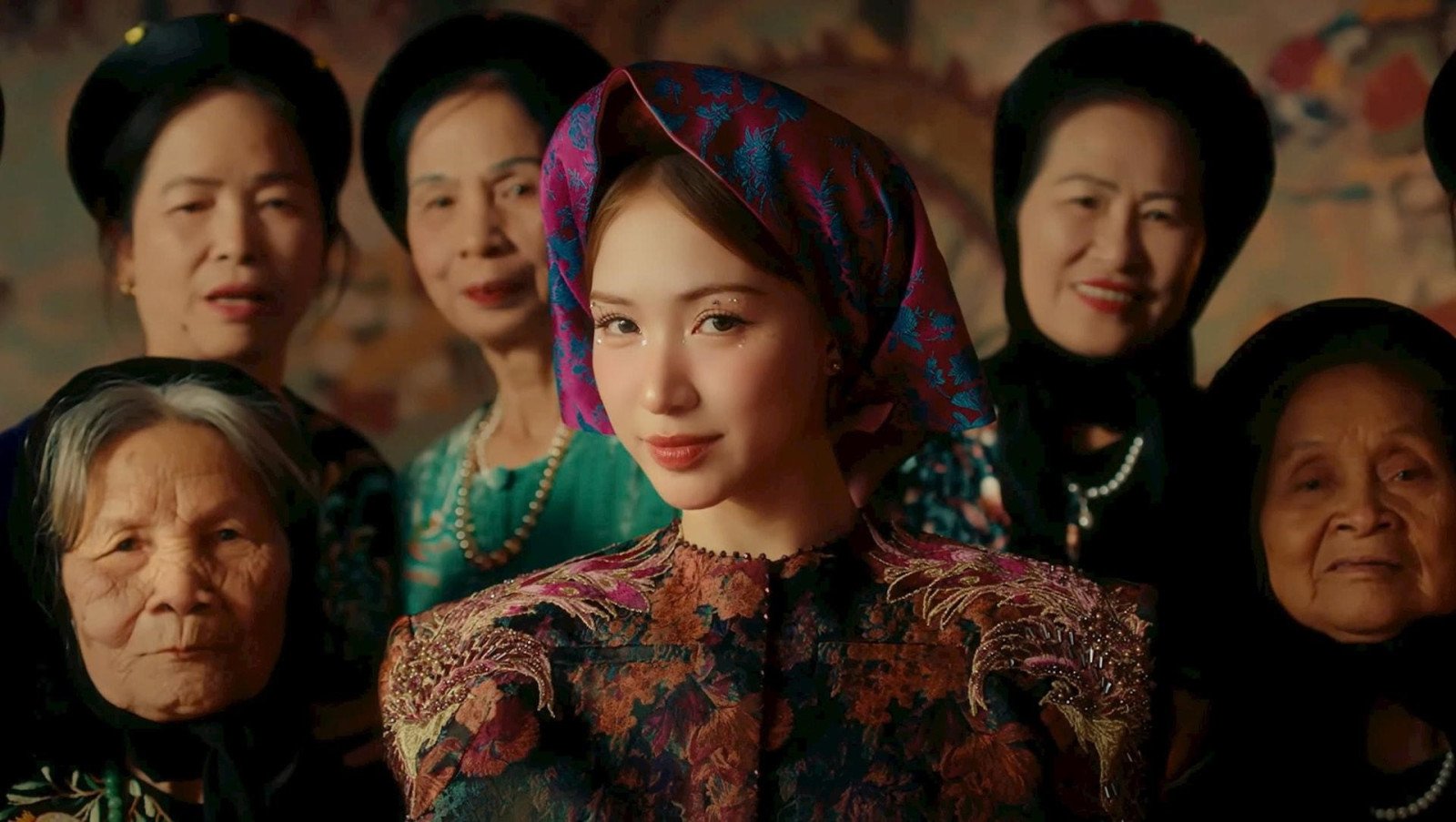


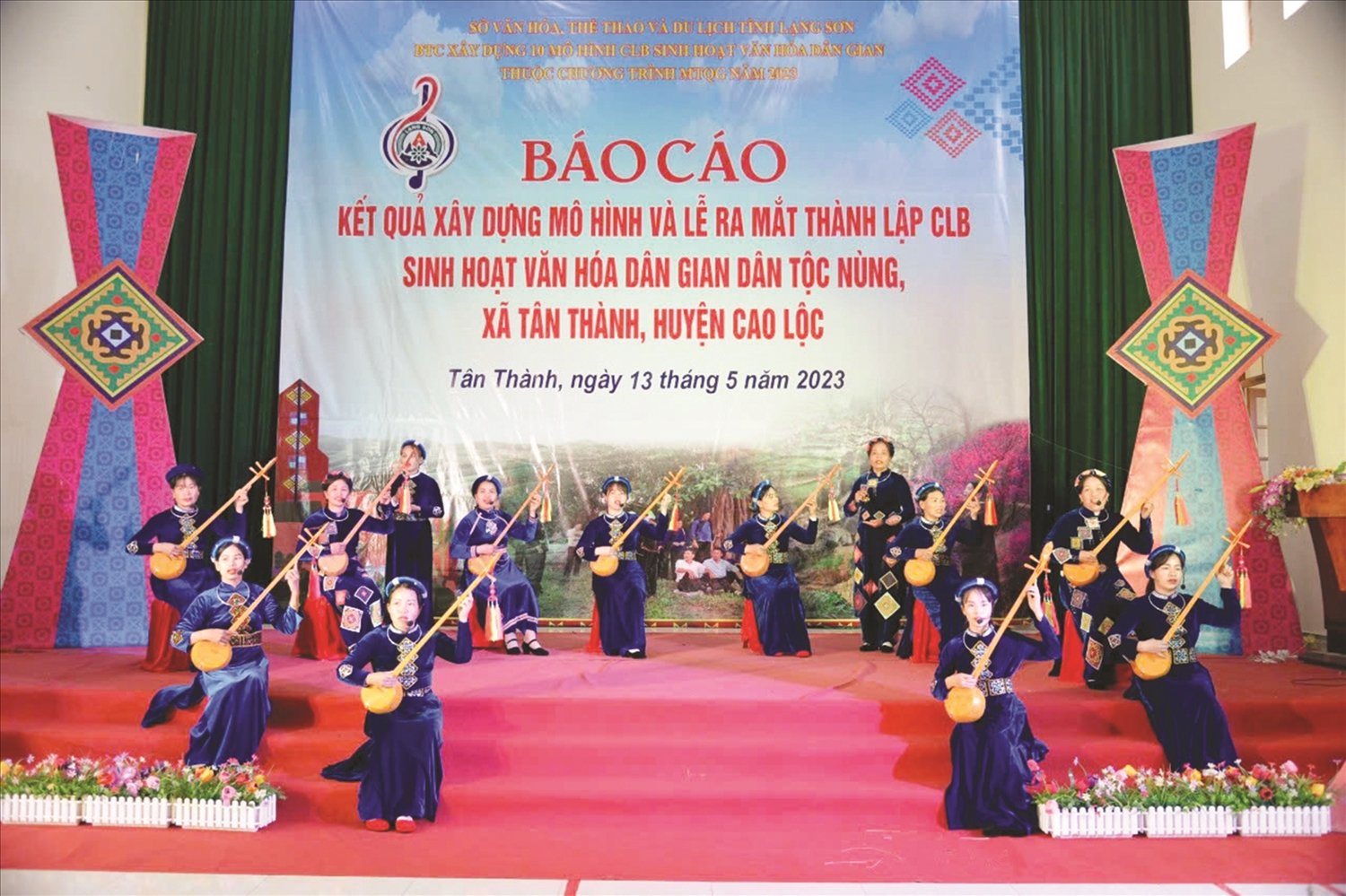

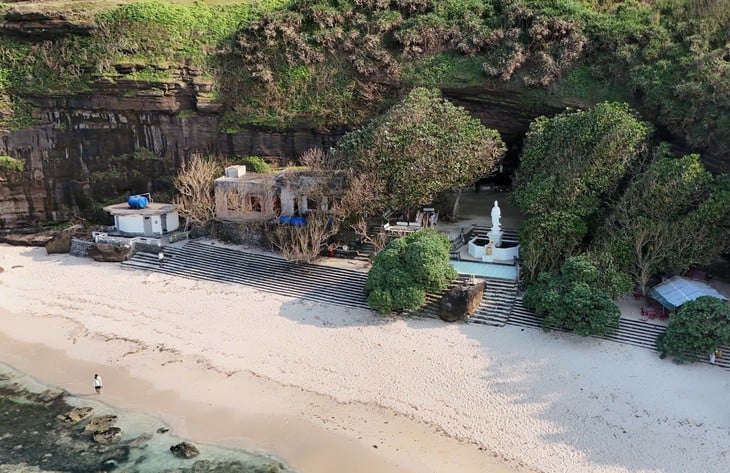



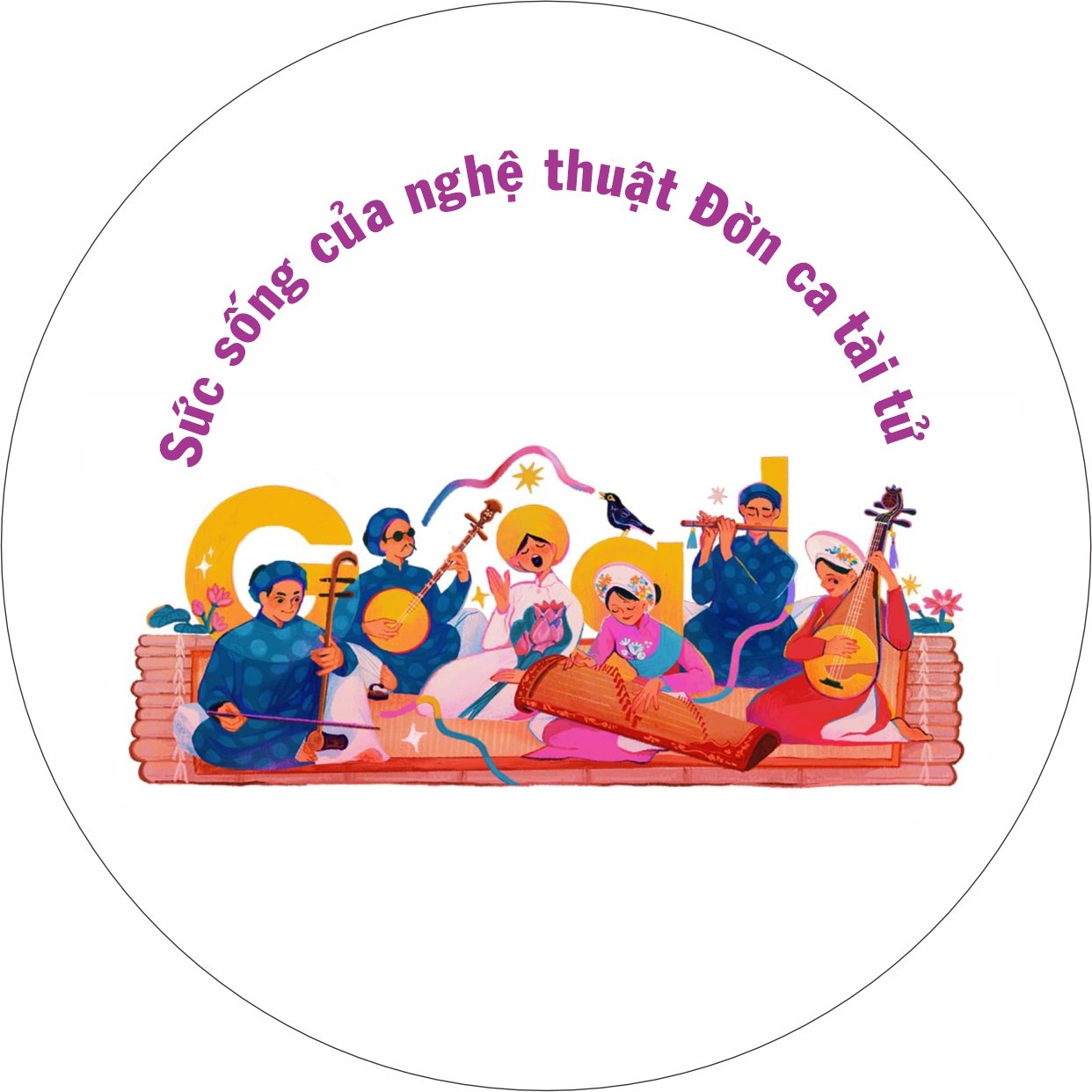

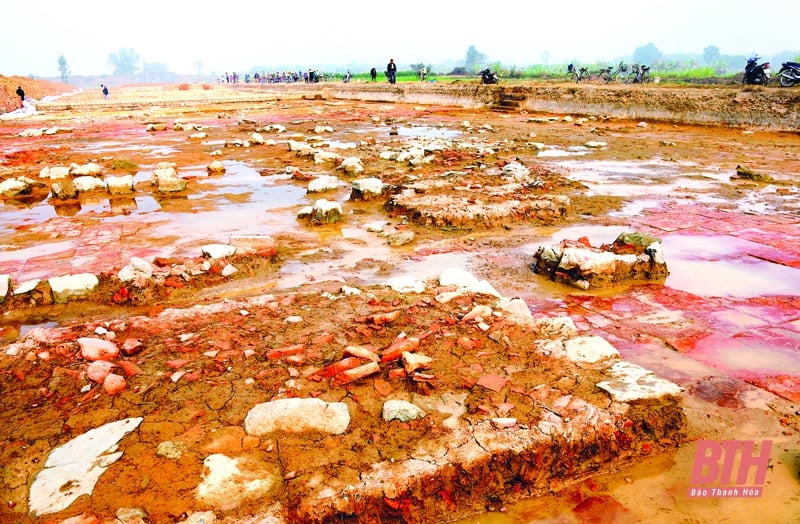

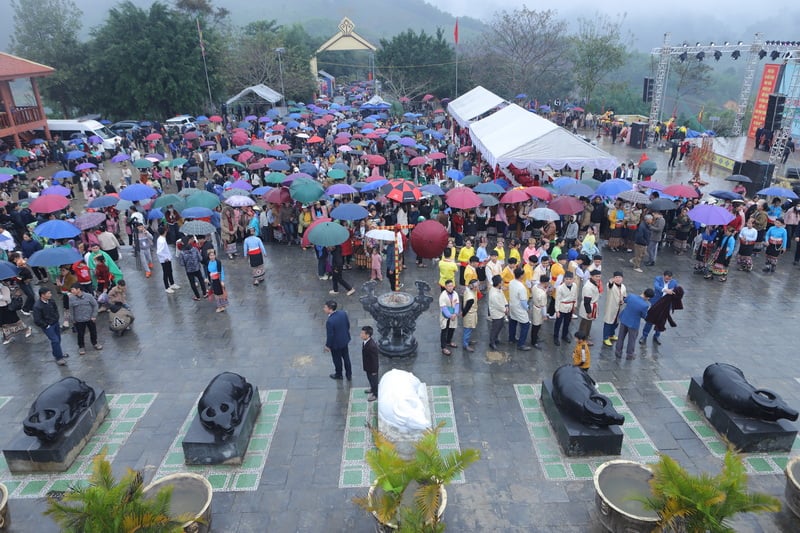
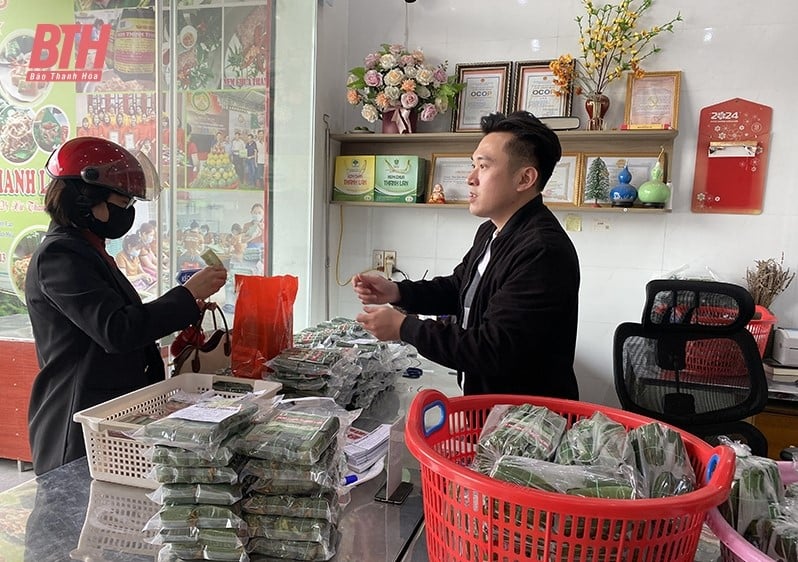
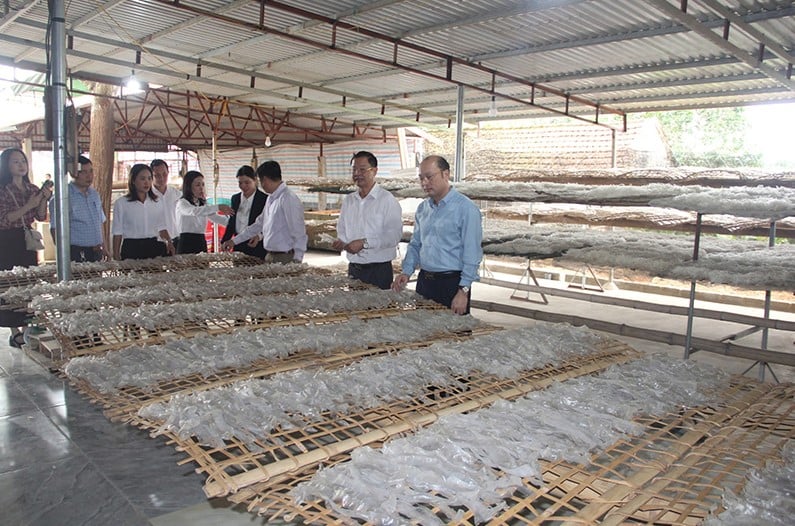
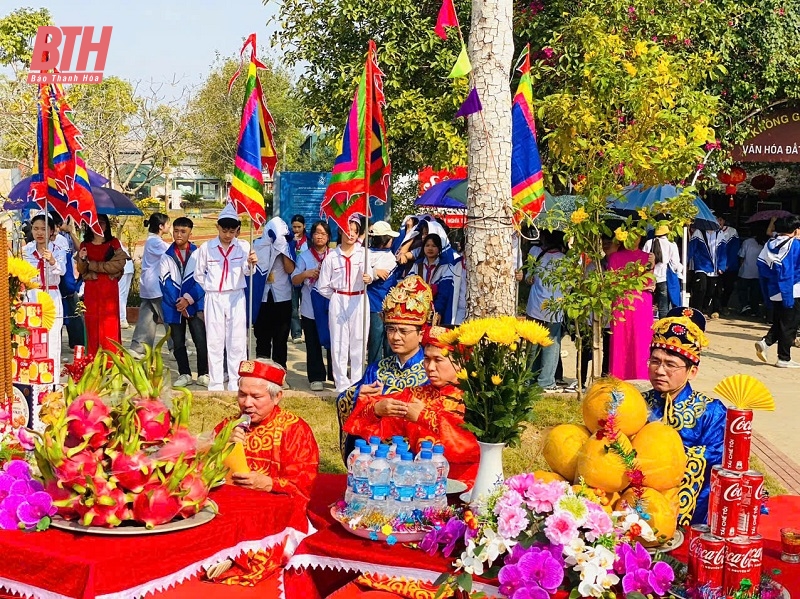
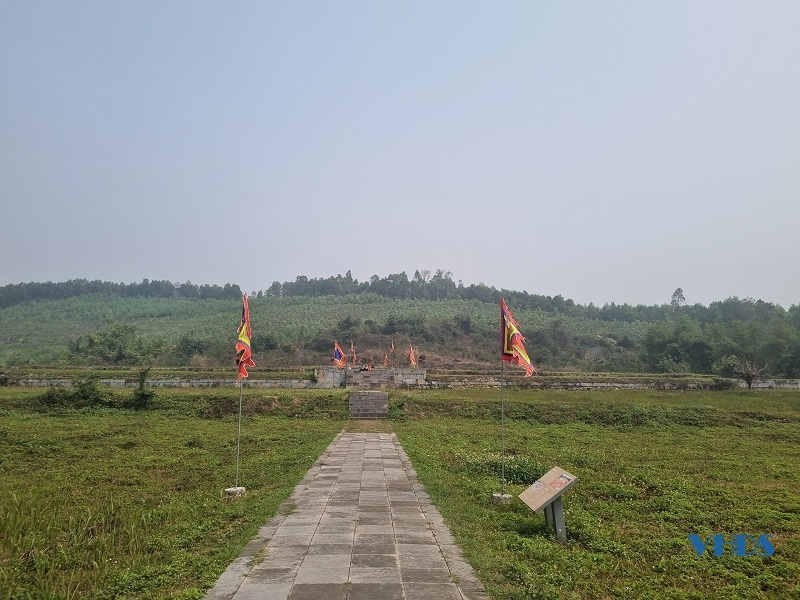








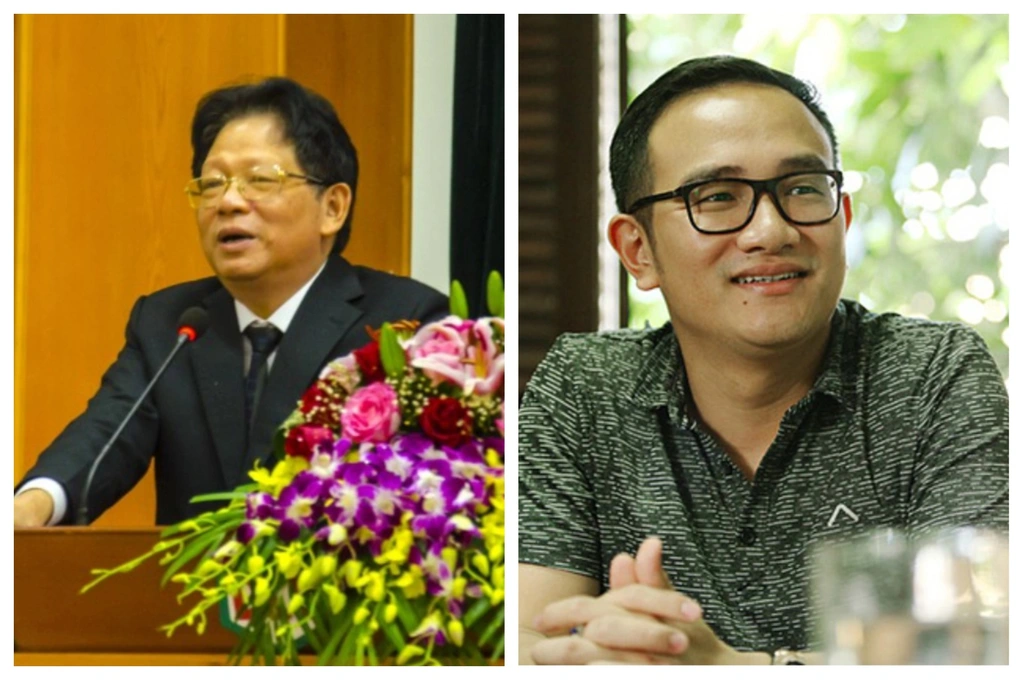

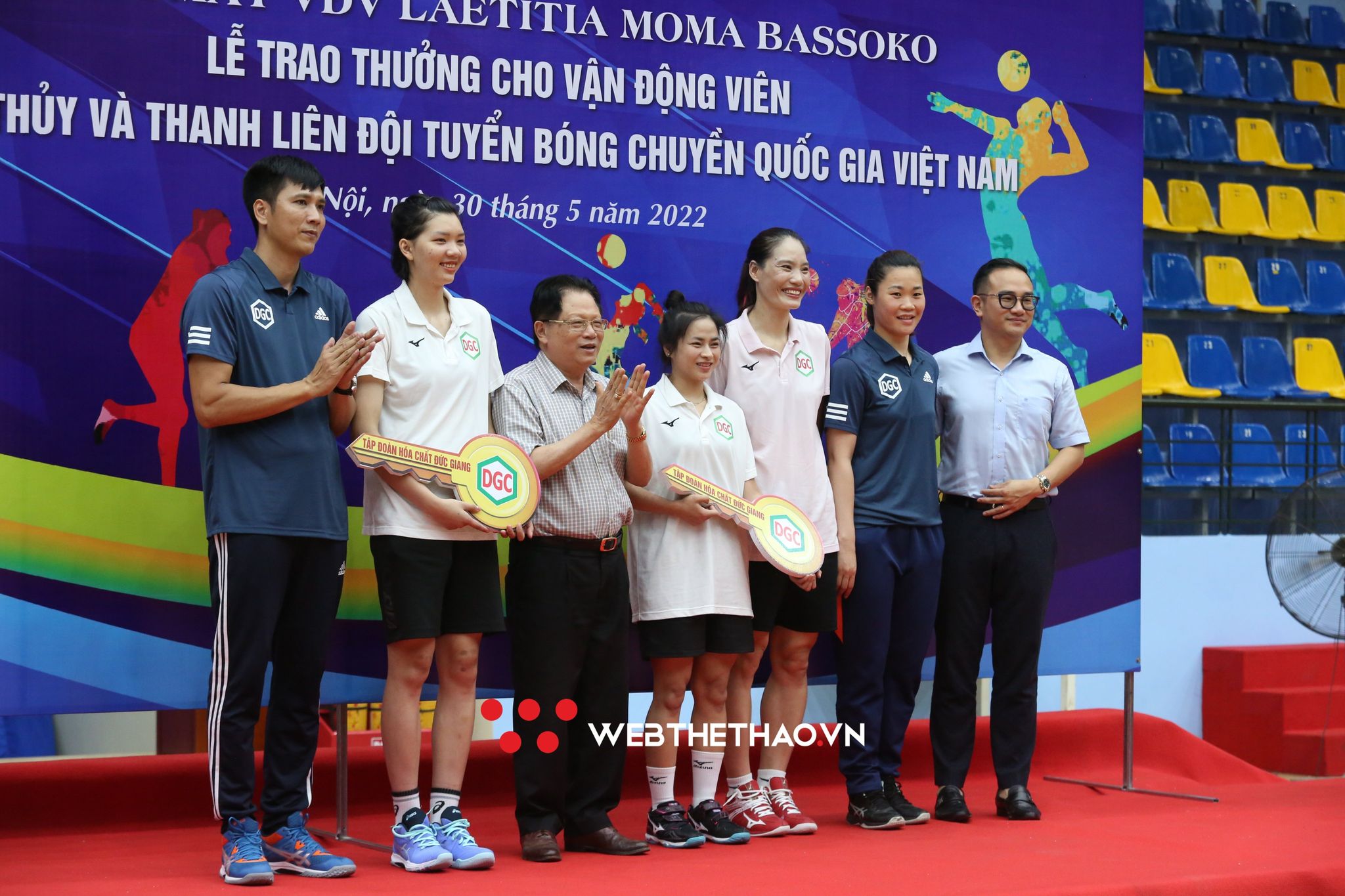









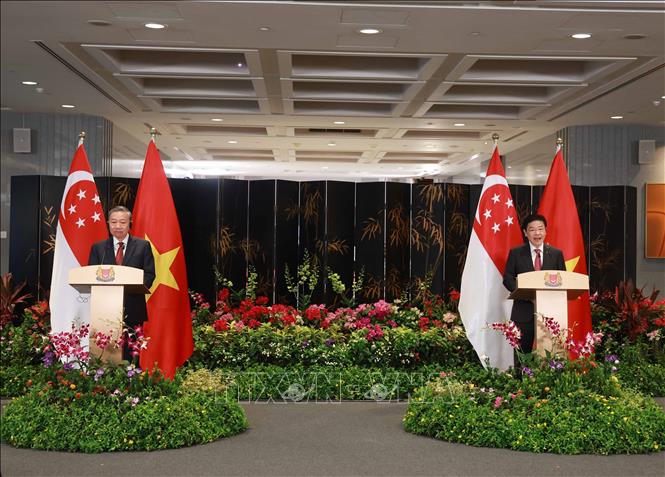

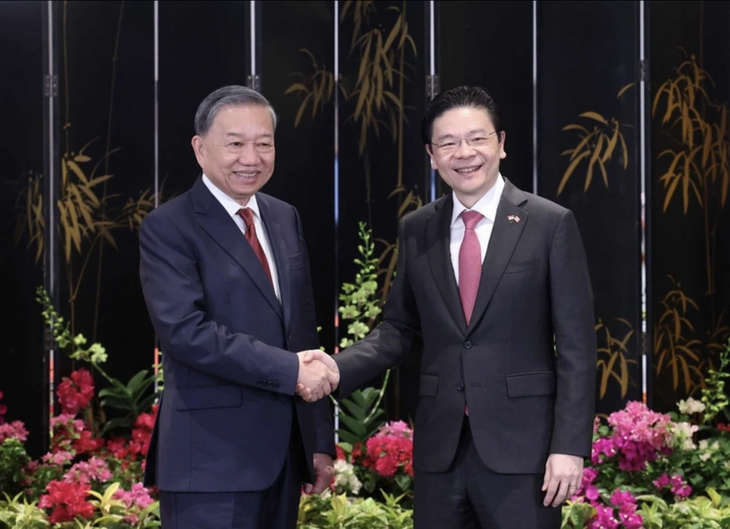



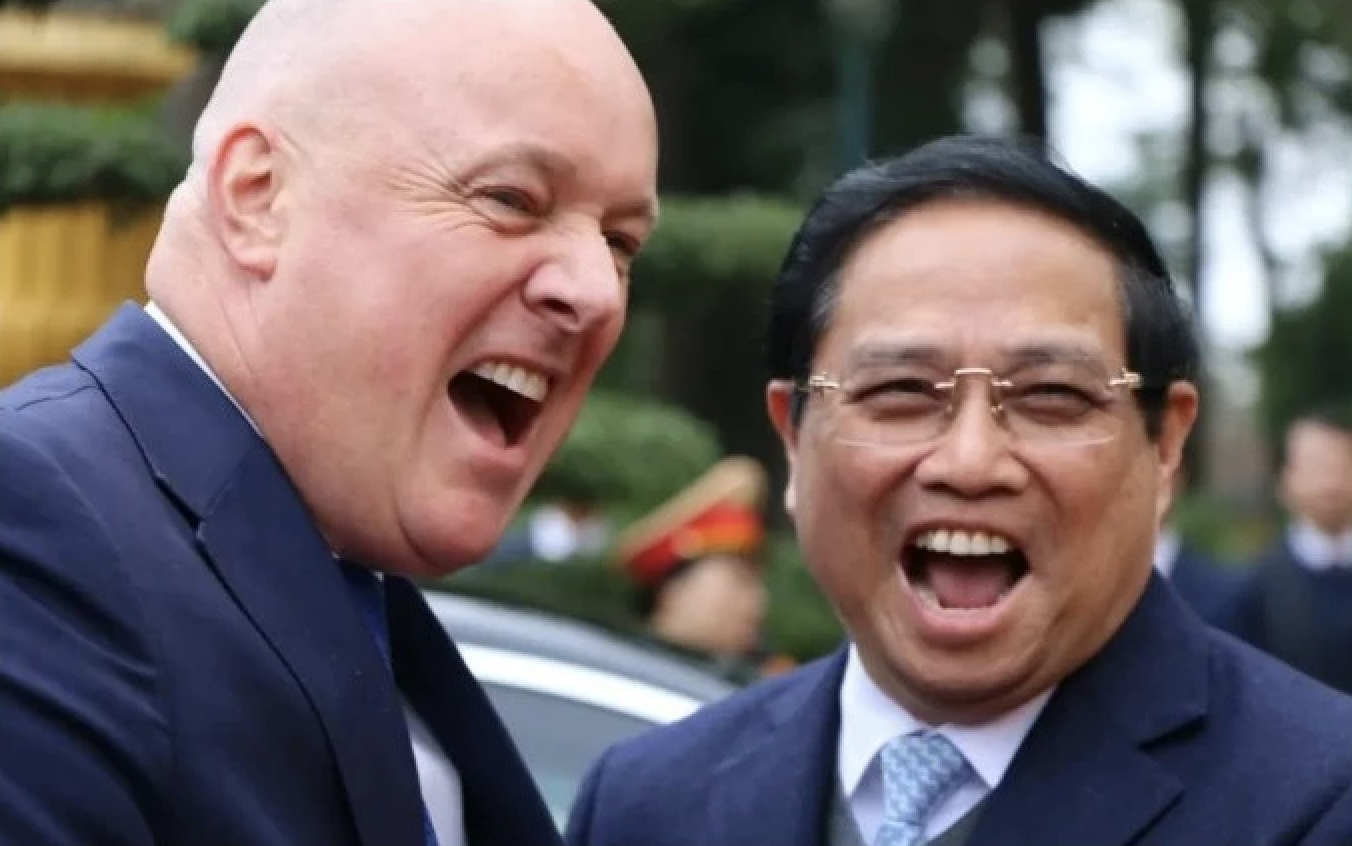




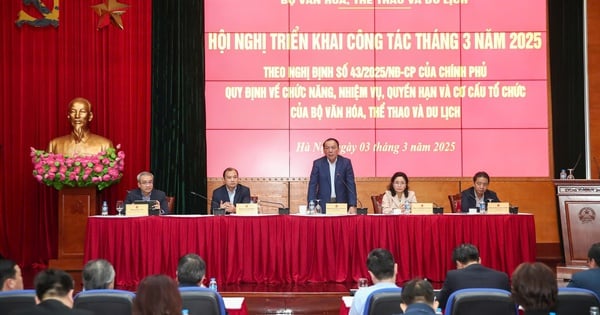

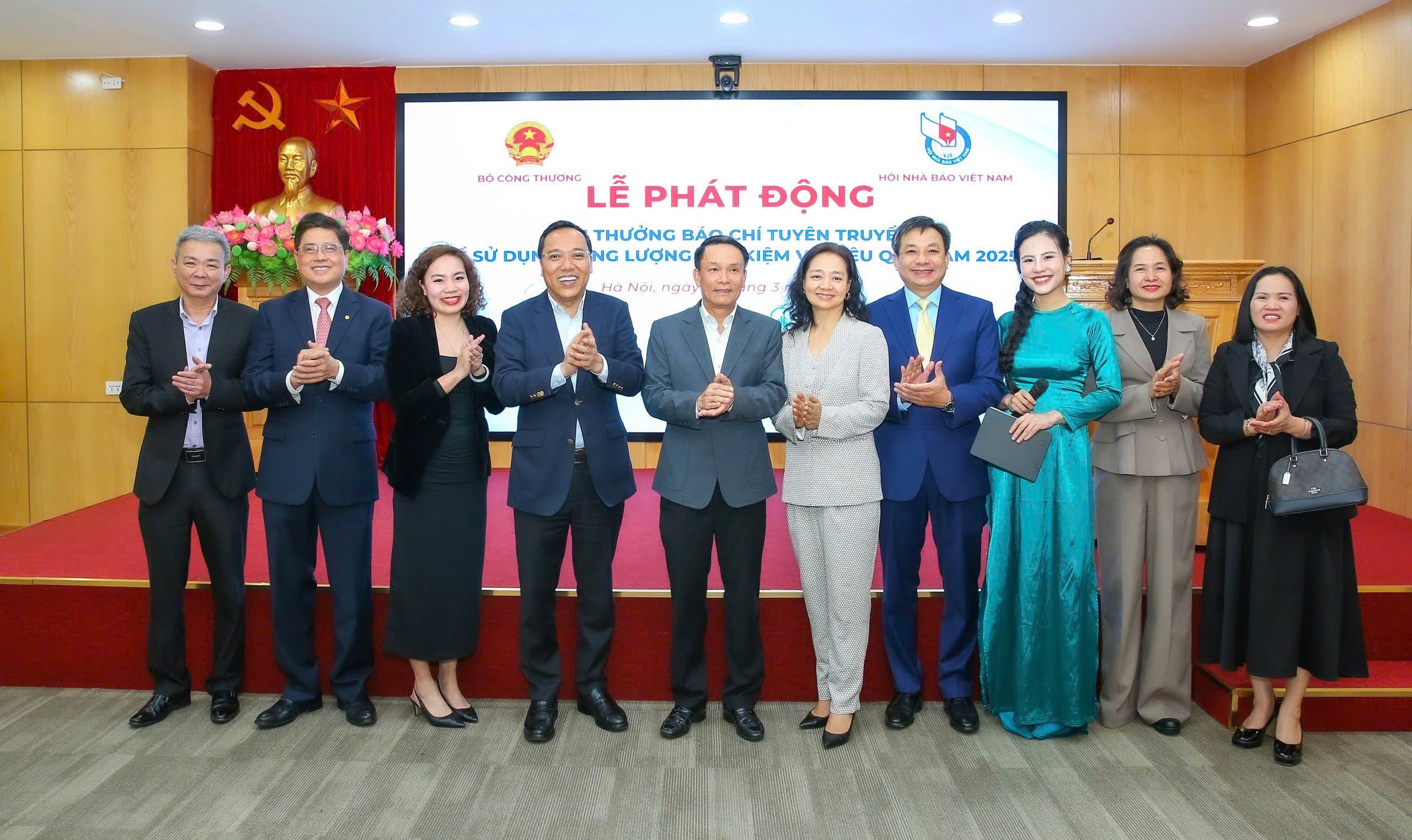


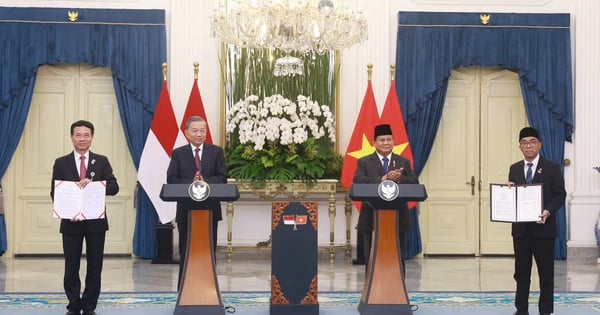
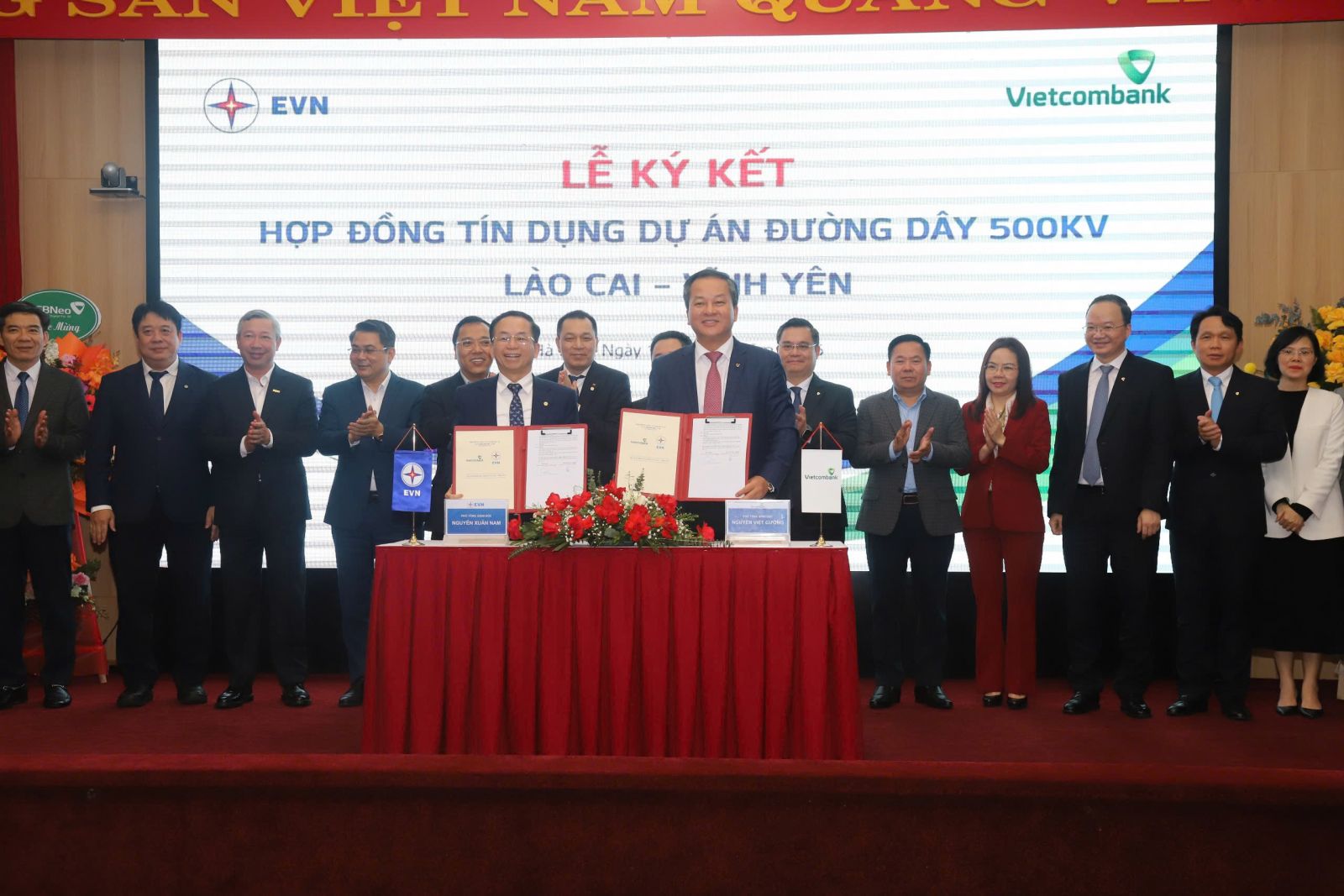






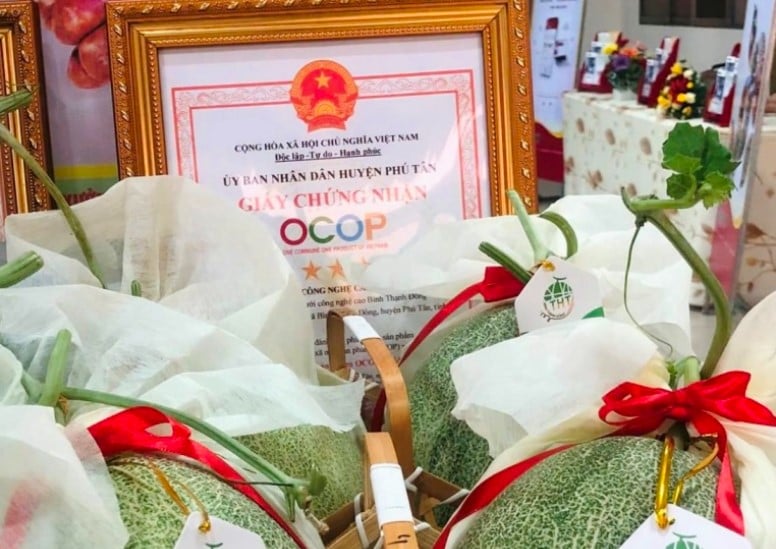



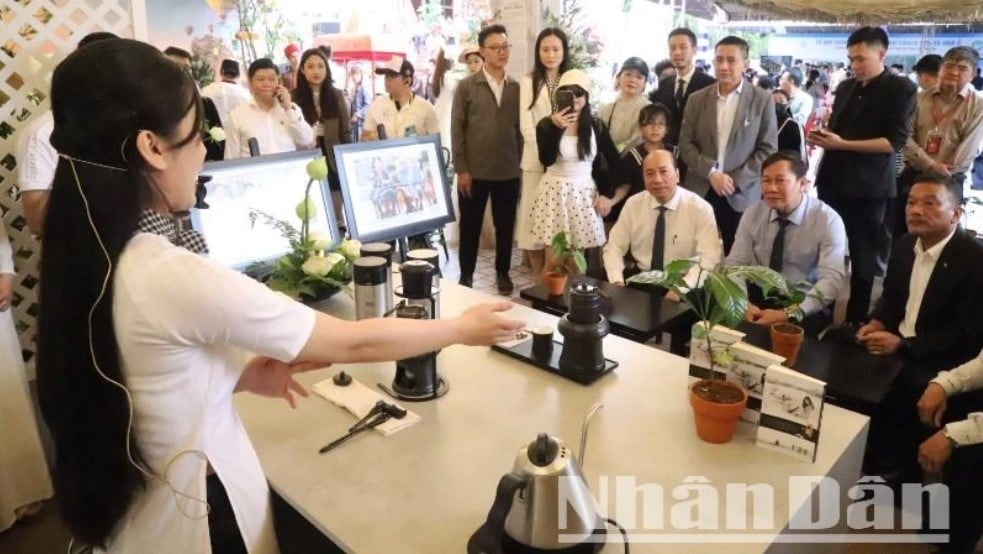

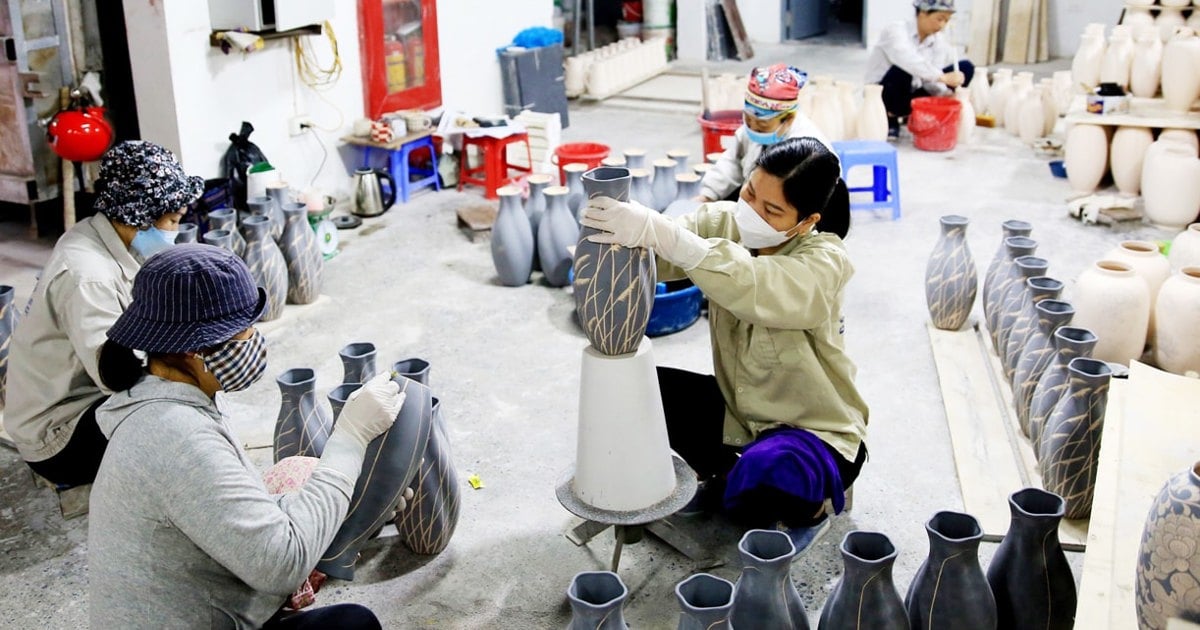


Comment (0)